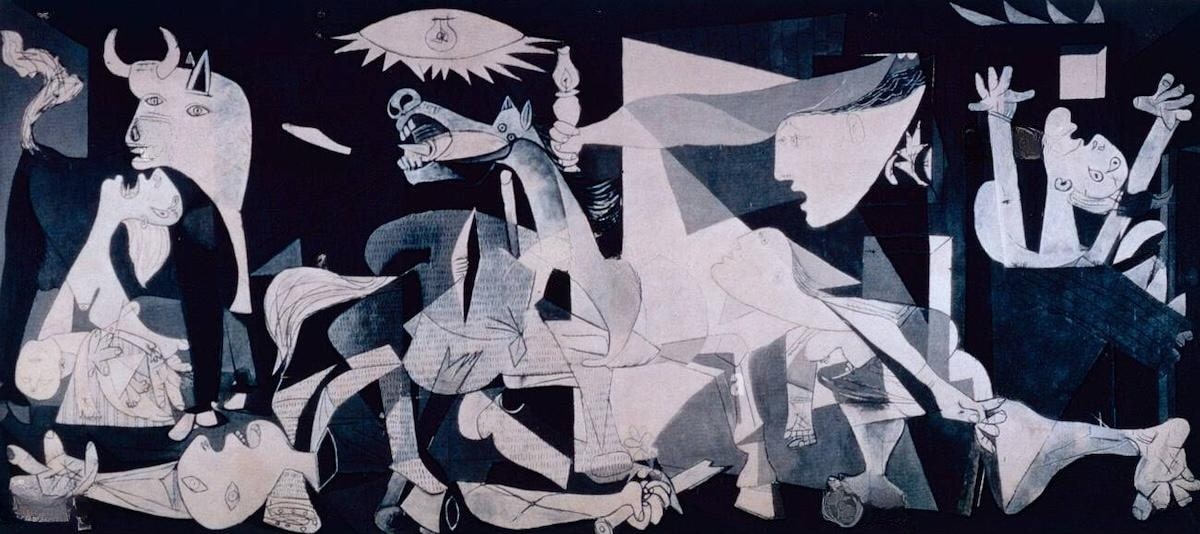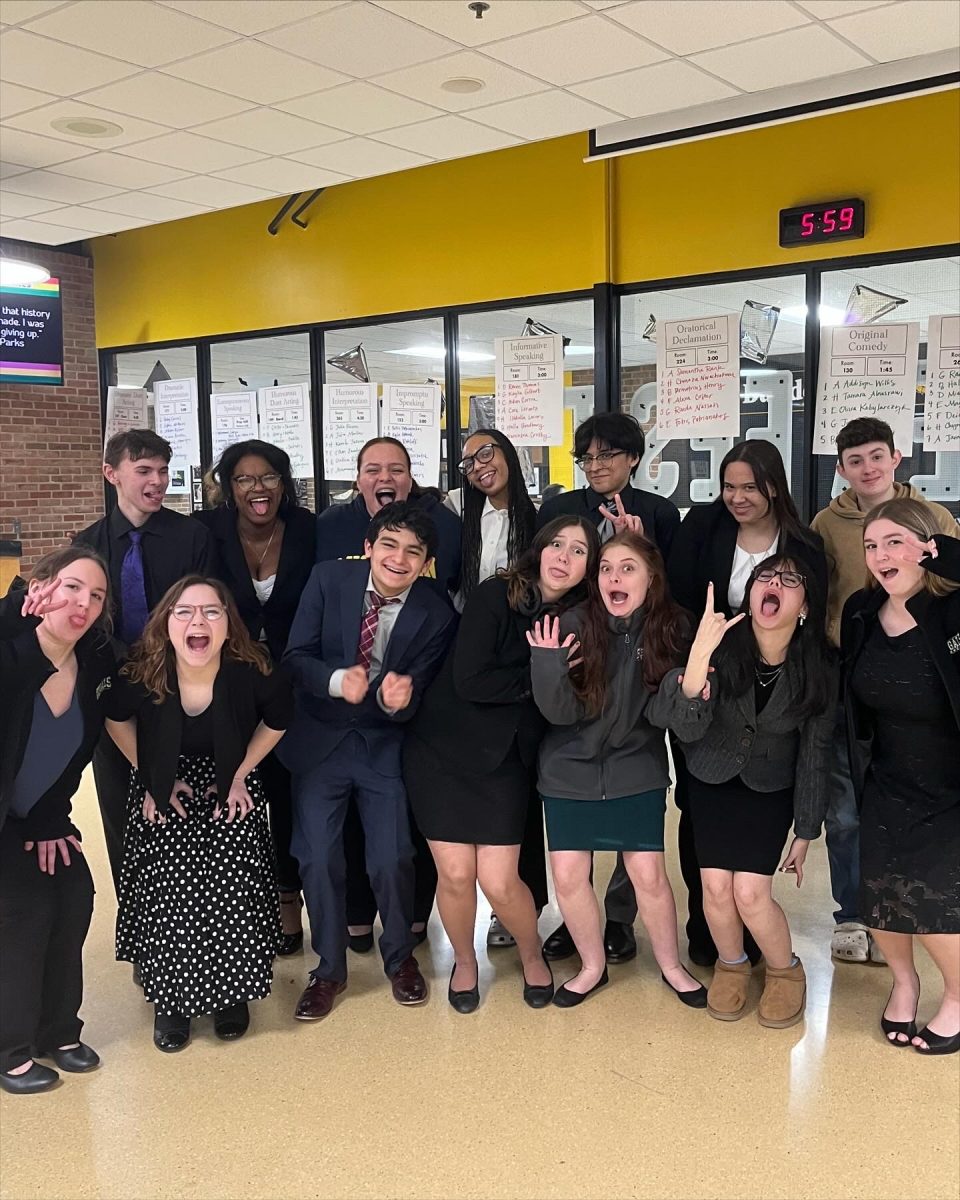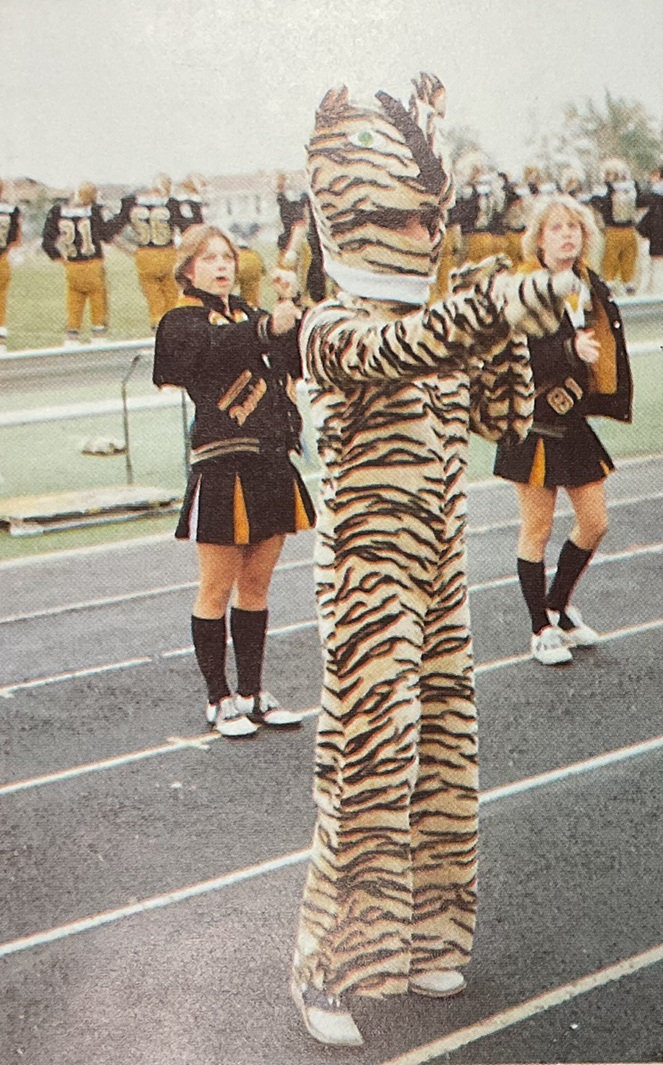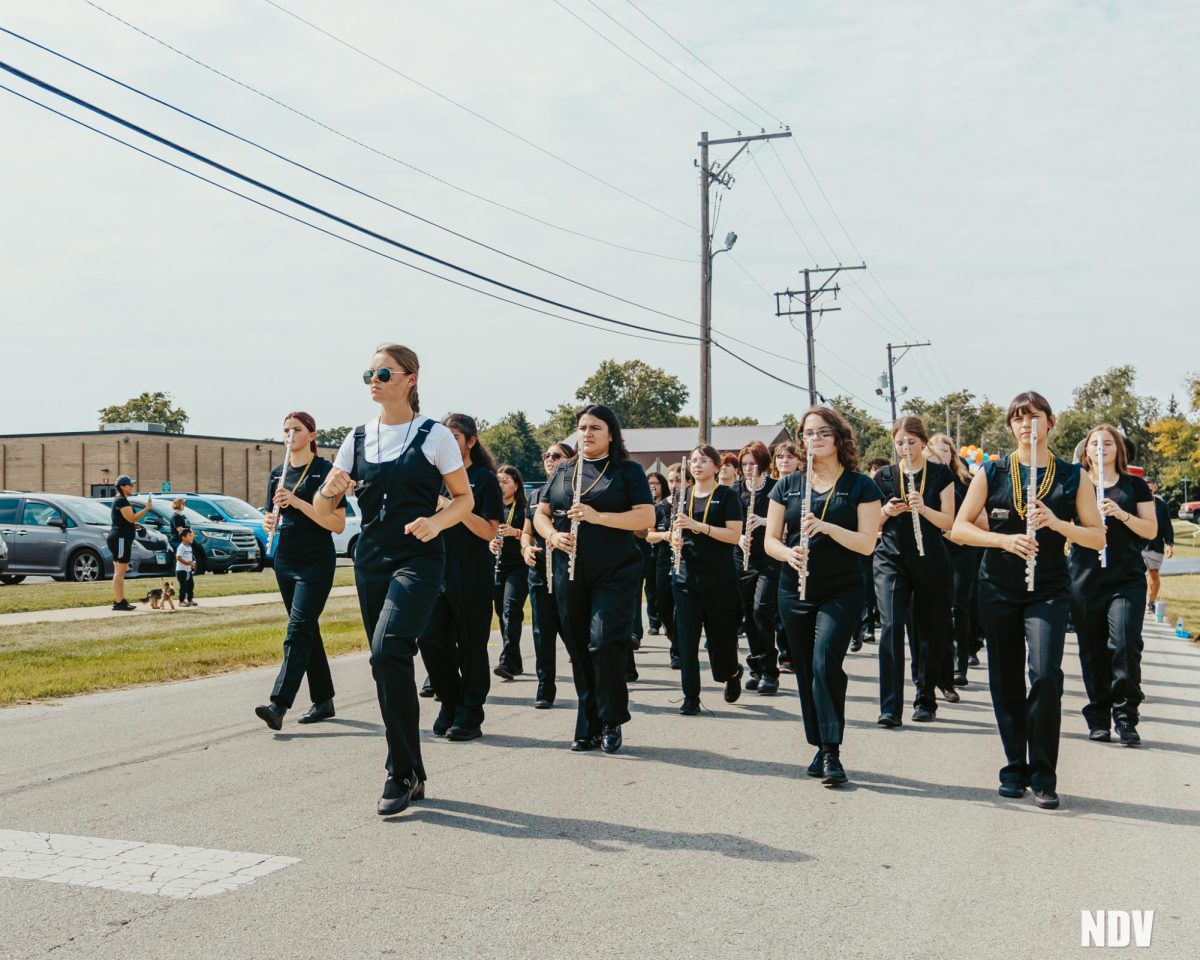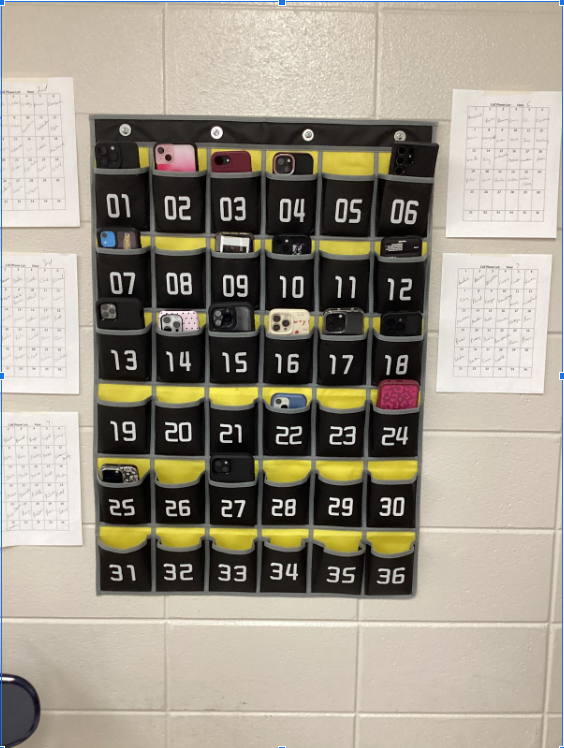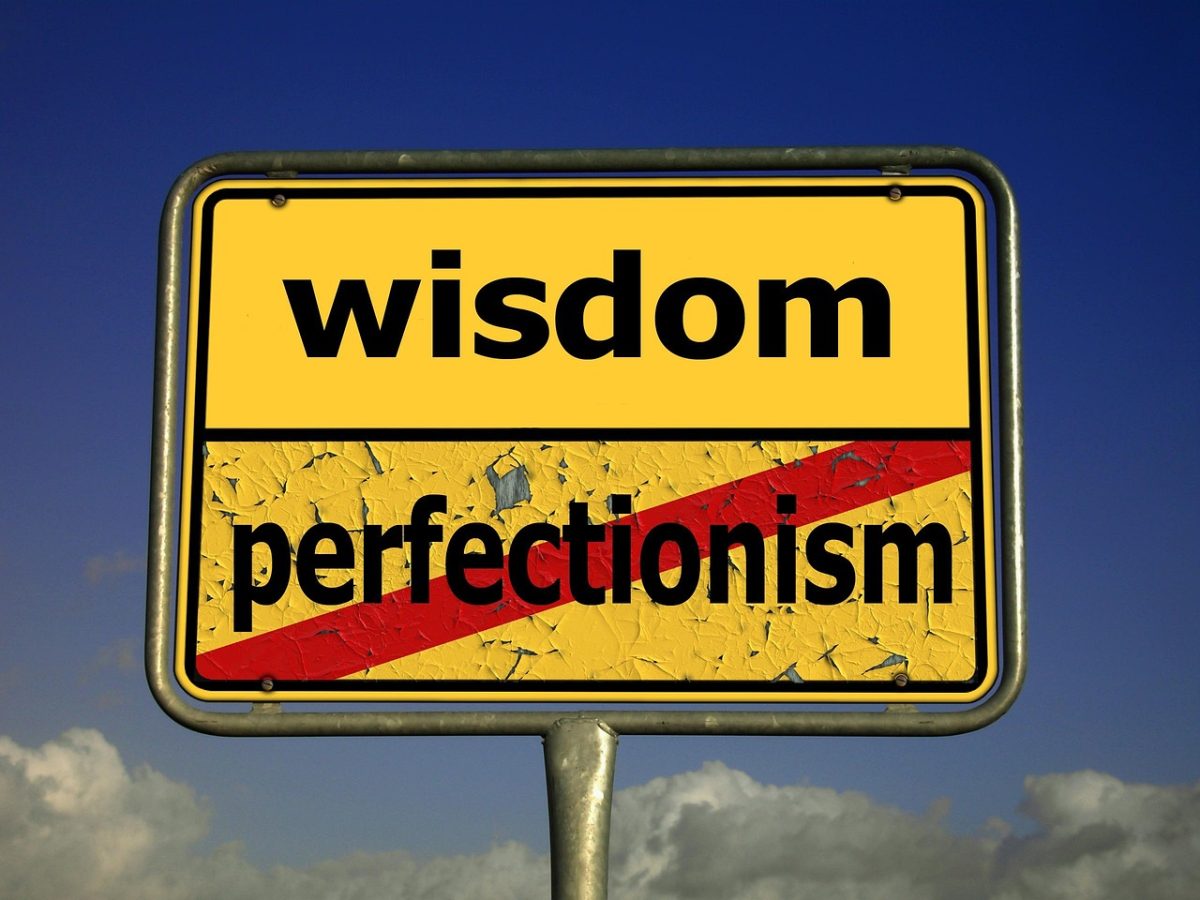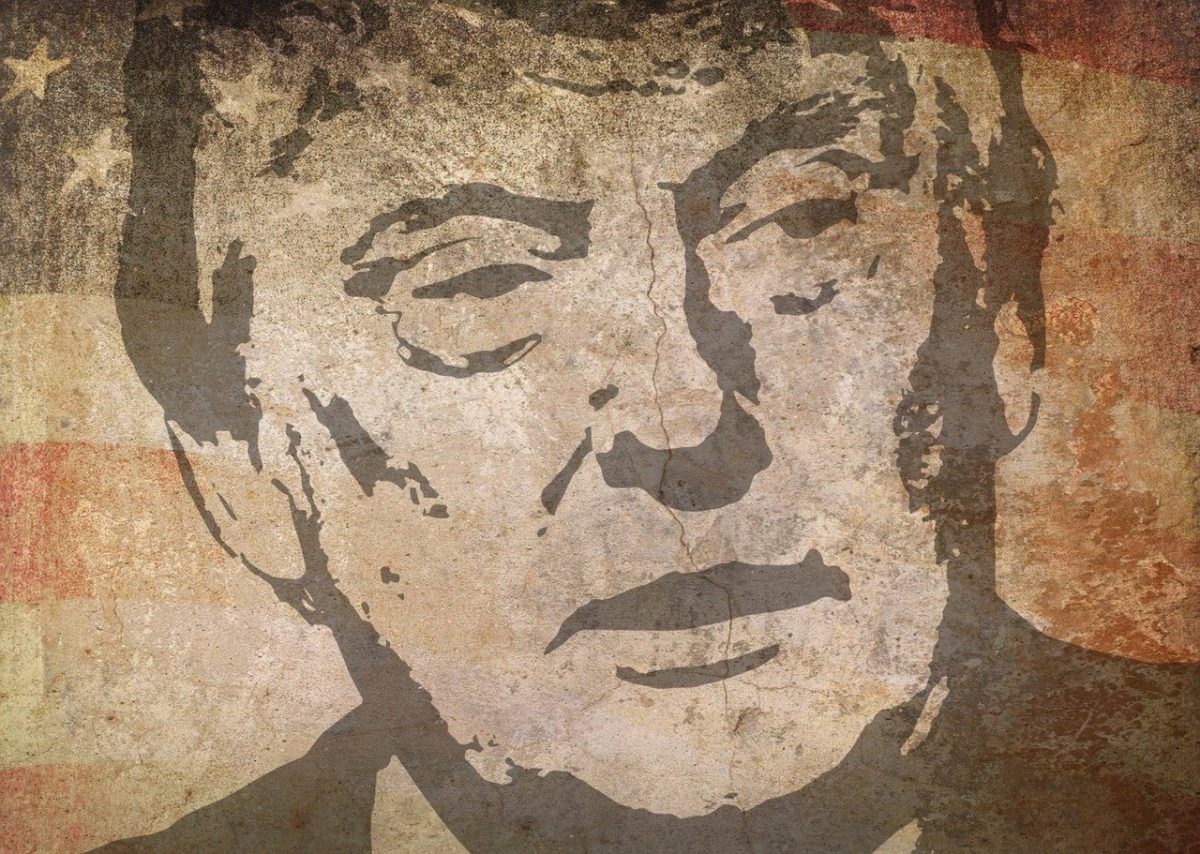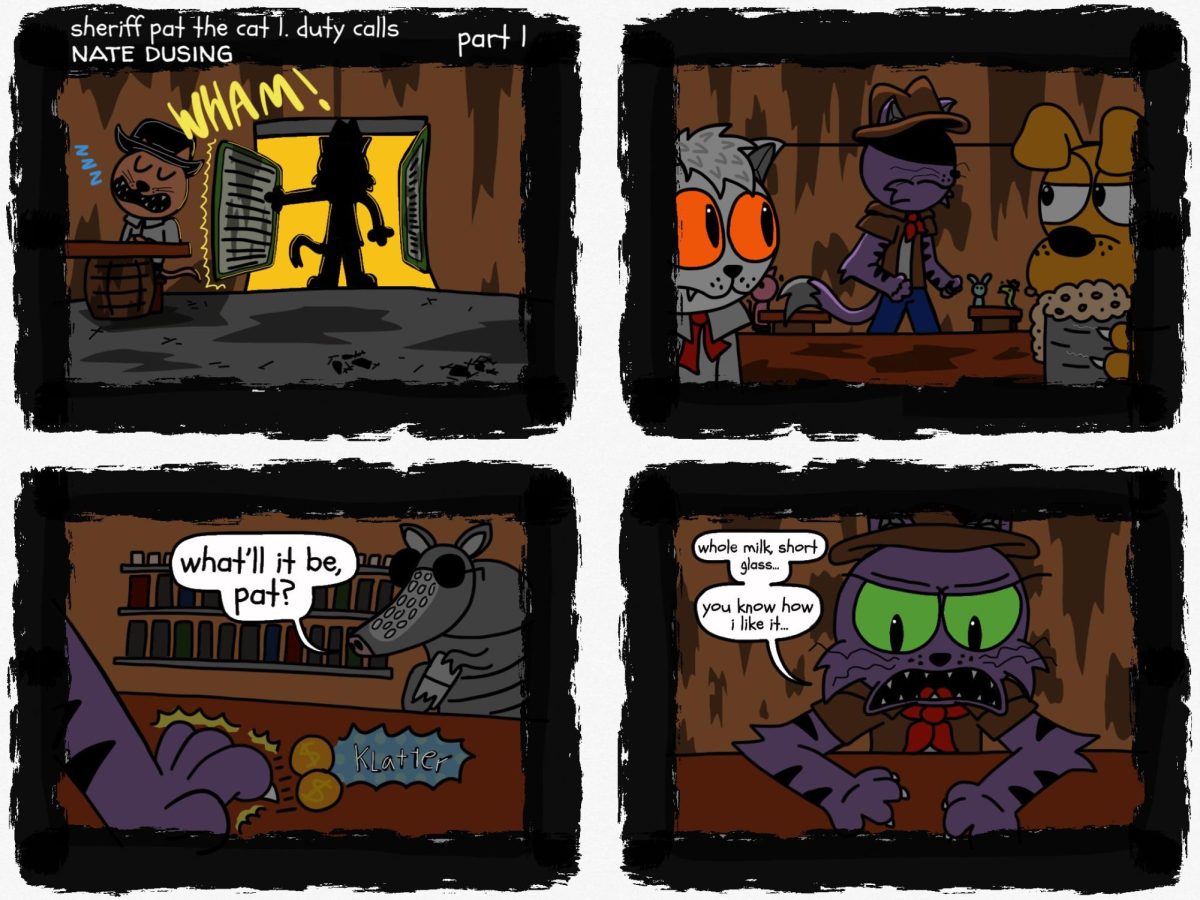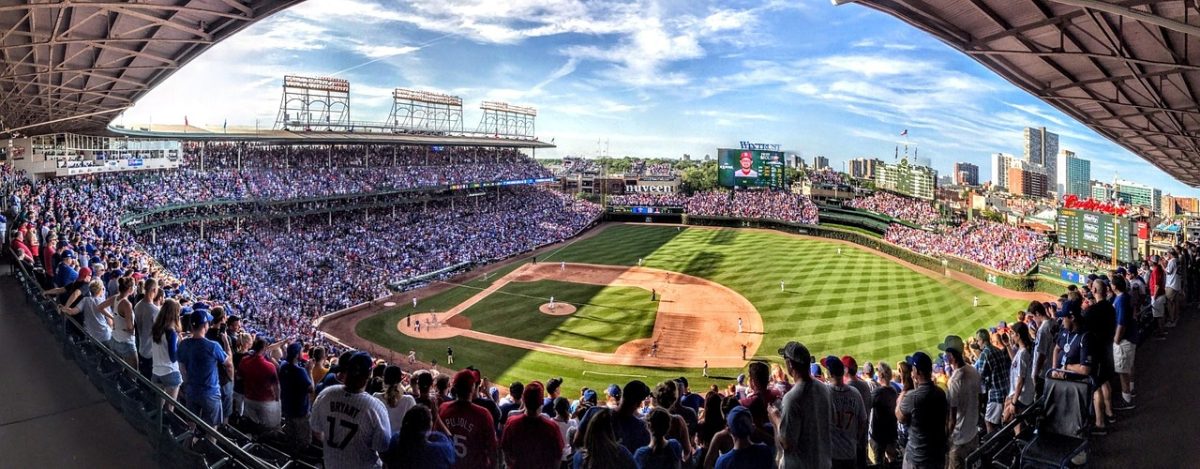Pablo Picasso (1881-1973) was one of the world’s most famous innovators and artists. Picasso made major breakthroughs in the art world, excelling at Cubism, co-inventing collage, and making significant contributions to both symbolism and surrealism. At the peak of Picasso’s fame in 1937, he would create his world-famous antiwar painting entitled Guernica.
On Monday, April 26, around 4 pm, 1937 German warplanes appeared above the small town of Guernica in the Basque Country of Spain. Over three hours, a total of 25 bombers released 100,000 pounds of explosives and killed a third of the population. This attack on Guernica was carried out at 4 pm in order to maximize civilian casualties and show the might of the nationalist side in the Spanish Civil War (1936-39).
In 1936, the Spanish republican government commissioned Picasso to create a piece of artwork for the 1937 Paris World’s Fair. At first, Picasso denied the request and refused to paint anything because he was very anti-political. When he did eventually accept, he was still not able to come up with an idea, but after seeing the images and depictions of the bombing in Guernica, Picasso felt he almost had a responsibility to create a political painting. After reading about Guernica in the newspaper, Picasso found his inspiration and began painting. He finished Guernica in only three weeks. Not only was this impressive for any artist, but the canvas for Guernica was huge. The painting ended up being 11 feet x 26 feet, almost resembling a movie screen. At the time, most paintings that large involved sewing multiple canvases together, but Picasso created Guernica from one single piece of material. This material would later be taken down and rolled up to travel the world for 19 years, raising money for Spanish refugees along the way.
The painting itself is regarded as one of the most powerful antiwar paintings in history. Picasso primed the entire material in several layers of reflective lead white paint, a paint base that Leonardo da Vinci had famously used. Picasso wanted to create a white so bright that it would be reflective. While the white base was an expensive material, he used regular household paint for everything else so that the white really stood out. Although the white was such a large part of the composition, he used matte blacks and grays to create contrast. The minimum gloss used in those colors created a bright, luminous white, and the black was dark and matte. Picasso was known for the bright colors and shapes in his work, but he chose to make Guernica with an absence of color. The black and white were supposed to match the color of the newspaper in which he heard about the bombing for the first time. The horse in the painting also has etchings meant to resemble newspapers. Picasso would go on to paint any other current events in black and white.
The circumstances that led Picasso to paint Guernica, the startling break with his previous anti-political stance, the innovative way in which he painted it, and the canvas’ history of travel have all gone a long way toward making it the definitive antiwar painting and one of Picasso’s best-known.
